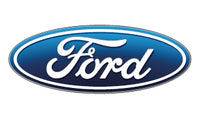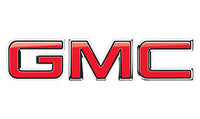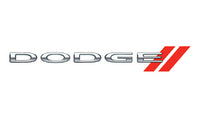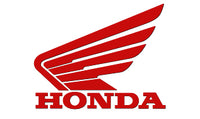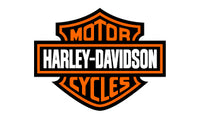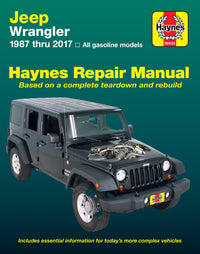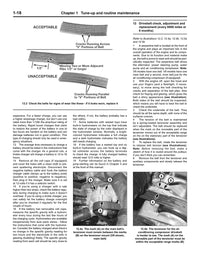The engine block houses all of the major components that make up the bottom end of a motor. The block, which is also known as the cylinder block, is where the crankshaft spins, and the pistons move up and down in the cylinder bores, fired by the fuel combusting. On some engine designs, it also holds a camshaft.
Usually made from an aluminum alloy on modern cars, on older vehicles and trucks it was commonly cast iron. Its metal construction gives it strength and the ability to transmit heat from the combustion processes to the integral cooling system in an efficient manner. Aluminum block typically have an iron sleeve pressed into them for the piston bores, or a special hard plating applied to the bores after machining.
The block was originally just a block of metal holding the cylinder bores, the water cooling jacket, oil passages, and the crankcase. This water jacket, as it’s sometimes known, is an empty system of passages, circulating coolant in the engine block. The water jacket surrounds the engine’s cylinders, of which there are usually four, six or eight and which contain the pistons.
When the cylinder head is in place secured to the top of the engine block, the pistons move up and down within the cylinders and turn the crankshaft, which ultimately drives the wheels. The oil pan sits at the base of the engine block, providing a reservoir of oil for the oil pump to pull from, and supply the oil passages and moving parts.
Air-cooled motors, such as the old VW flat-four and the original Porsche 911 flat-six, don't really have an engine block. Much like a motorcycle motor, the crankshaft spins in engine cases, bolted together. Bolted to these are separate finned cylinder "jugs", which the pistons go up and down in.

Common problems with engine blocks
Being a big, precision machined, hunk of metal, the engine block is designed to last the lifetime of the car. But sometimes things do go wrong. These are the most common engine block failures:
External engine coolant leak
Puddle of water/antifreeze under the engine? It might be caused by a leak from the water pump, radiator, heater core, or a loose hose, but sometimes it’s the engine block itself. The block can crack and begin leaking, or a freeze out plug could work its way loose or rust out. Freeze out plugs can be easily replaced, but cracks are usually terminal.
Worn/cracked cylinder
Eventually, after hundreds of thousands of miles, the smooth machined walls of the cylinders will wear to a point where the piston rings can't seal against them well. On rare occasion, the cylinder wall can develop a crack, which will quickly result in a motor needing a rebuild. Worn cylinders can be bored larger, for oversized pistons, and in extreme cases (or in aluminum blocks) iron sleeves can be inserted to make the cylinder walls perfect once again.
Porous engine block
Caused by contaminants which got into the metal during the manufacturing process, voids in the casting often cause no issues at all for a long time. Eventually a poorly cast block can start to seep and leak, either oil or coolant, from the area where the imperfections are. There's nothing you can do about a porous engine block, because it'll have been faulty from the day it was molded. Having said that, any leaks that may arise from a porous block should be minor and if they surface within the manufacturer's warranty period the engine should be replaced free of charge.
